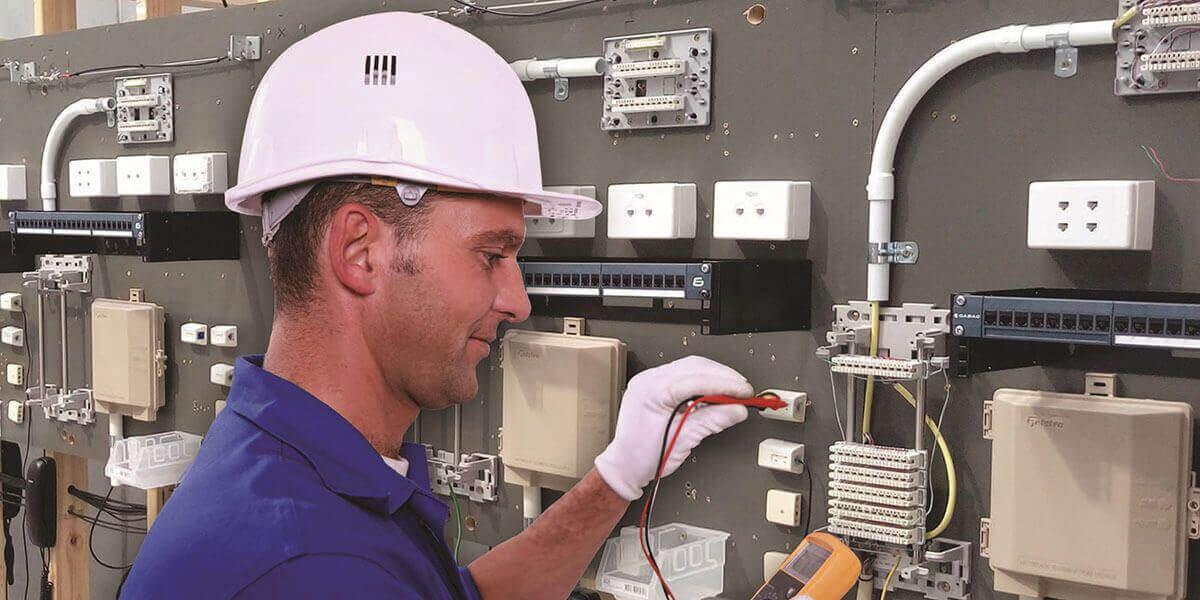A security alarm system installation helps detect intrusion, like unauthorized entry, into a building or other private areas such as a home, school, factory or office space. Modern commercial alarm systems have a variety of configurations, integration capabilities, and applications. Some may cover smaller business types and get by with a DIY approach with wireless motion detectors and glass break sensors. Others may need to cover large spaces
and require careful alarm installation planning and subsequent alarm system installation training to upskill the supervisory staff on duty.
Alarm System Installation Elements
A professional alarm system installation includes mounting the sound source in a suitable location to be easily heard by all. It calls for attaching a circuit of switches to the sound source with a battery connected to the system. Since the sound source operates from the battery connector, it remains effective even in case of a power failure.
Alarm installation training becomes all the more significant in the trade as security systems installer fits, maintains and monitor the electronic system that detects intruders and prevents unwanted access to a site. These could be CCTV surveillance systems, access control or intruder and fire detection. The perfect installation can assure ideal security and surveillance by the skilled and trained alarm system installer.
Security and Fire alarm systems Installer training by MILCOM
This course is designed to provide you with the skills and knowledge required to install a basic alarm system from the sensors through to the alarm panel and control pad. You will also learn to install and maintain complex alarm systems including back to base monitoring. Alarm installation is a regulated activity in some Australian States and Territories. To find out about your licensing/regulatory requirements, please contact your Work Health and Safety Regulatory Authority at National or State/Territory level, or check on the Australian Security Industry Association (ASIAL)’s website.
Duration and delivery mode: This course will be delivered in a four full-day face-to-face training session at one of the MILCOM training centres or at a mutually convenient and suitable location, for a sufficiently large group of participants.
Learning Outcomes
On completion of this program, participants will be able to:
- program security equipment and systems
- present specifications and configurations in line with client requirements
- install security systems and equipment, including testing and fault-finding
- prepare for, carry out and complete routine maintenance
- identify and document security requirements
- commission and decommission security equipment and system
- coordinate a quality security service to clients, including estimates and quotes
- CPPSEC2021 – Install security equipment and systems
- CPPSEC2026 – Perform routine maintenance on security equipment and systems







